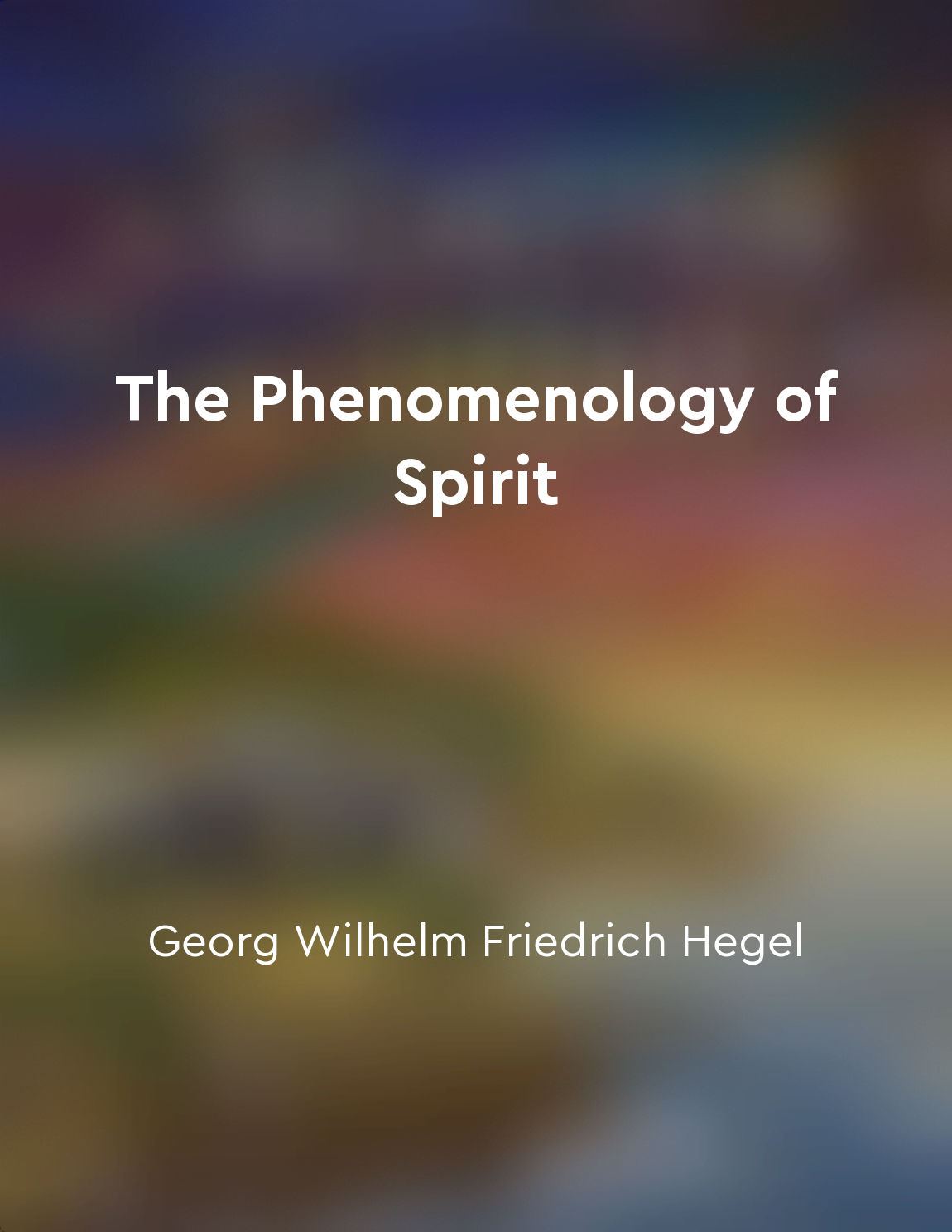Self as temporary construct from "summary" of The Man Who Wasn’t There by Anil Ananthaswamy
The idea that the self is a temporary construct is a fascinating concept that challenges our conventional understanding of identity and existence. In a world where we often associate our sense of self with permanence and solidity, the notion that our sense of self is constantly changing and evolving can be both unsettling and liberating. When we think about ourselves, we tend to think of a stable and unchanging entity that exists independently of our physical bodies. However, as neuroscientists and philosophers have discovered, our sense of self is actually a complex interplay of various factors, including our memories, experiences, and perceptions. Our memories are not fixed and unchanging, but are constantly being shaped and reshaped by our present experiences and emotions. This means that our sense of self is not a static entity, but a dynamic and fluid construct that is constantly in flux. Furthermore, our perception of ourselves is also influenced by external factors such as social norms and cultural beliefs. What we consider to be our "self" is often a reflection of how we are perceived by others, rather than an inherent and unchanging essence. This realization can be both frightening and liberating. On one hand, it can be unsettling to think that our sense of self is not as stable as we once believed. However, it can also be empowering to realize that we have the ability to shape and redefine our sense of self through our thoughts, actions, and interactions with the world. In the end, the concept of the self as a temporary construct challenges us to question our assumptions about identity and existence, and invites us to explore the ways in which we can cultivate a more flexible and resilient sense of self. It is a reminder that our sense of self is not set in stone, but is constantly being created and recreated in each moment.Similar Posts

Triadic structure
The triadic structure is a fundamental principle in the development of consciousness. It is through this structure that the mov...
Cosmological argument reveals the limits of causality in reasoning
The cosmological argument, which seeks to establish the existence of a necessary being as the ultimate cause of the universe, l...
It is a response to the burden of responsibility
The concept of anxiety can be understood as a response to the burden of responsibility that individuals face in their lives. Th...
